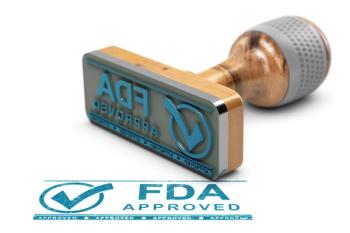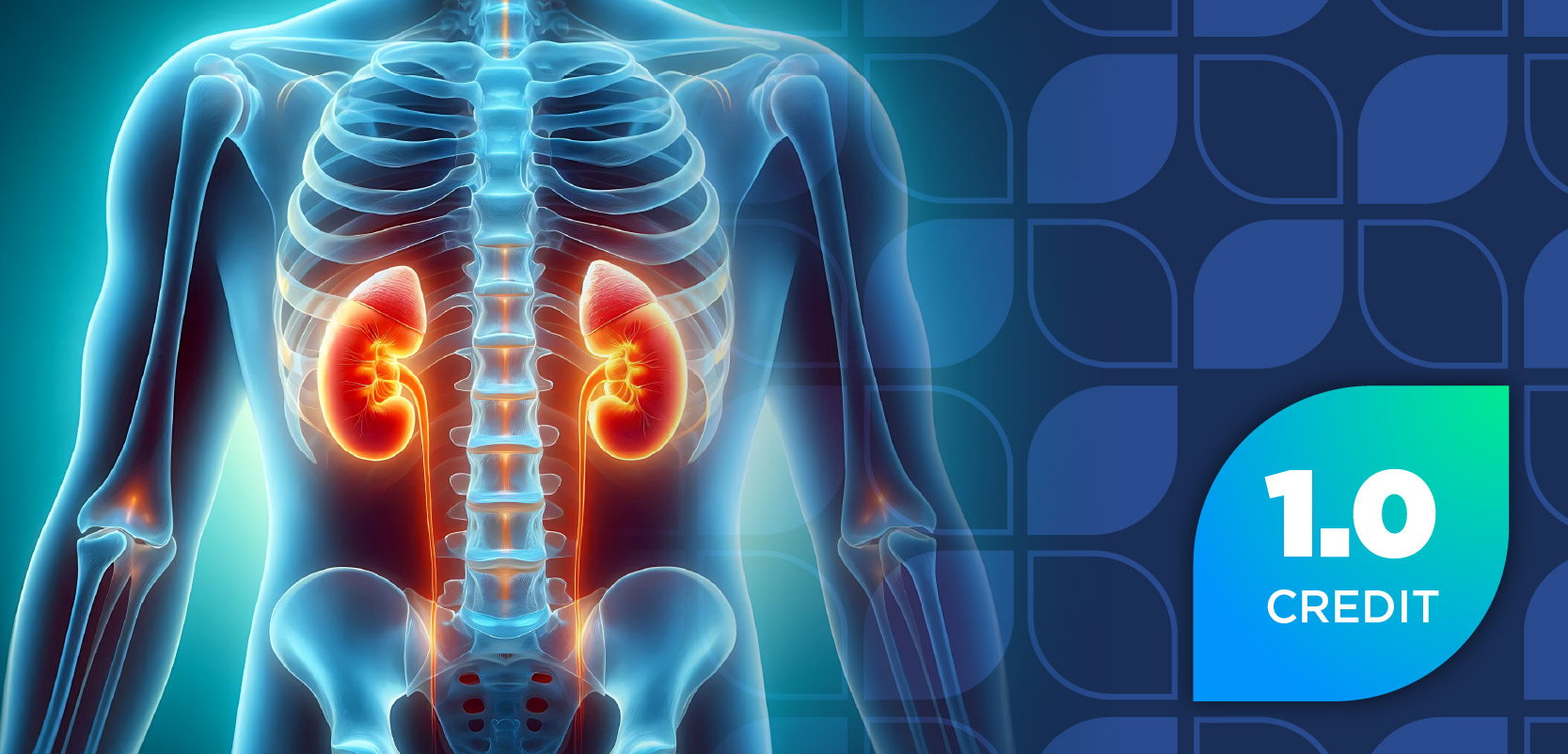
OTC Cough and Cold Medications Carry Side Effect Risk in Children
At least 1 adverse event reported with brompheniramine, chlorpheniramine, dextromethorphan, diphenhydramine, doxylamine, guaifenesin, pseudoephedrine, and phenylephrine in children under age 12.
Many adverse events associated with OTC cold medications are related to accidental unsupervised ingestions or dosing errors, which means better education from pharmacists and other health care providers may help reduce these events, according to a study published in Pediatrics this month.
The report’s authors analyzed data from the Pediatric Cough and Cold Safety Surveillance System in order to determine the rate of adverse events related to OTC cough and cold medication in children.1
The data included patients younger than 12 years old reported to have at least 1 adverse event associated with brompheniramine, chlorpheniramine, dextromethorphan, diphenhydramine, doxylamine, guaifenesin, pseudoephedrine, and phenylephrine. More than half (60%) of the 3251 adverse events reported from 2009 to 2014 occurred in children younger than 4 years old, according to the study researchers.
Reported adverse events were most commonly due to accidental unsupervised ingestions (67%) at home, whereas medication dosing errors accounted for 13%. Additionally, nearly all accidental unsupervised ingestions were self-administered, with 90% occurring at home.
Diphenhydramine accounted for 63% of accidental unsupervised ingestions, and 60% of medication errors involved dextromethorphan.
Liquid (67.3%), pediatric (75.5%), and single-ingredient (77.5%) formulations were the most commonly involved.
Adverse events occurring in more than 20% of all cases included tachycardia, somnolence, hallucinations, ataxia, mydriasis, and agitation. Twenty cases resulted in fatalities, most of which occurred in children younger than 2 years old. No deaths involved a therapeutic dose.
The researchers concluded that the results present an opportunity for health care providers to target prevention efforts.
References
- Green JL, Wang GS, Reynolds KM, et al. Safety profile of cough and cold medication use in pediatrics. Pediatrics. 2017. 139:e20163070. http://dx.doi.org/10.1542/peds.2016-3070.
Newsletter
Stay informed on drug updates, treatment guidelines, and pharmacy practice trends—subscribe to Pharmacy Times for weekly clinical insights.


















































































































































































































